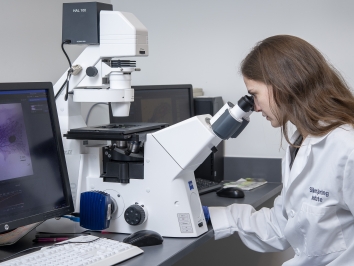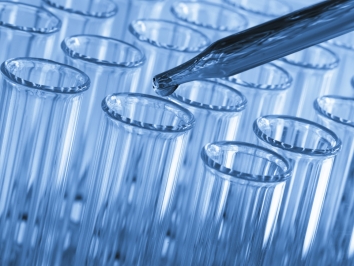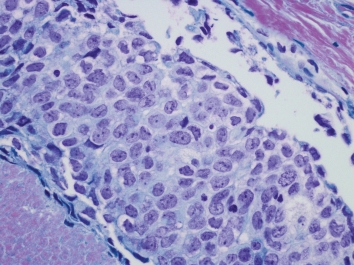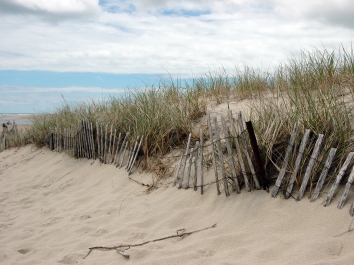How do we identify chemicals that cause breast cancer?
With thousands of chemicals on the market, the vast majority of which have never been tested for safety, protecting consumers from chemicals linked with breast cancer presents a challenge. Although, studies in humans can yield meaningful results in the long-term, they are unable to serve populations at risk in the short term. We cannot wait for a whole community to be exposed to a chemical for decades to see if it causes breast cancer. Instead, we need new strategies today for identifying risky chemicals. The goal of the Safer Chemicals Program is to shift the burden so that it’s no longer on consumers to reduce their exposures to toxics, but on companies and regulators to ensure the chemicals that make their way into consumers products are safe.



